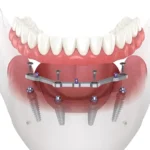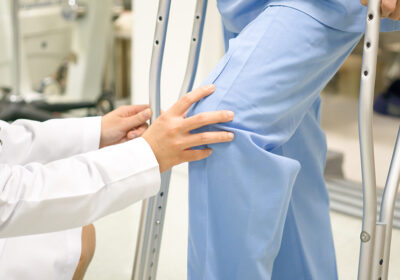What is upper back pain a symptom of?
Feeling a painful sensation on any of the body parts is most certain to bring discomfort and even inability to manage daily life activities if it becomes too painful. Finding a doctor would be the wisest thing to do when the pain becomes unbearable and increasingly causes emotional distress. Having back pain is common and it is estimated 8 out of 10 people experience it at some point of their lifetime. While many are familiar with lower back pain, upper back pain also occurs although it may seem to be less common compared to the lower back pain.
An upper back consists of the region below the cervical spine of the neck and above the lumbar spine. An upper back is the most stable part of the spine as it is connected to the ribs and sternum making up the rib cage of the chest. This makes the upper back less susceptible to injury because of the rigidity shape. The spine itself carries weight of the upper body and this can be a great load if the body is entirely dependent on the spine. Hence, nearby muscles help to carry this load. By knowing this, it is expected that an upper back pain is usually stemming from the muscle instead of the spine.
Now we know more about the upper back, you probably wonder what an upper back pain is a symptom of. There are actually countless reasons underlying this symptom. Most common is because of the poor body posture causing muscle tension. Other reasons include muscle tissue injuries such as sprain or strains which are often associated with sports such as tennis. Daily life activities such as text neck (a forward head posture for prolonged periods of time such as when viewing phones screen), improper way of lifting heaving objects and carrying too heavy loads such as carrying an overloaded backpack can greatly contribute to upper back pain. A person with upper back pain may also be experiencing other medical conditions such as osteoporosis, osteoarthritis and spinal stenosis. In rare cases, upper back pain might signify a life-threatening condition such as heart attack, aortic aneurysm and pneumothorax. This shows that an upper back pain is a symptom of many health conditions ranging from mild to severe cases.
Since there are many causes that could predispose to an upper back pain, it can be difficult to pinpoint which exactly causes such pain unless you are paying a visit to the doctor. In fact, some cases of upper back pain do not even have any definite cause. One thing for sure, upper back pain often resolves on its own without any treatment as long it is not caused by anything serious. The pain may subside within a few weeks. Even though generally upper back pain may not need medical care, you should book a doctor appointment if you find yourself:
1- Experiencing upper back pain that is so severe that it limits your daily tasks
2- Injury to the back such as from accidents, falls or after lifting heavy objects
3- Other symptoms of fever and unexplained weight loss
4- History of recent infection
5- The pain gets worse over time or does not improve even after rest
6- Certain that the pain is not caused by a sprain or strain of the upper back
7- Persisting pain although having treatment more than 2 weeks
8- Feeling very stiff in the morning
9- Prolonged pain throughout the day
10- Experiencing limb weakness or feeling numbness and tingling sensation
11- Bowel or bladder problems such as inability to urinate or defecate normally
12- Sudden chest pain, breathing difficulty, sweating, nausea and jaw pain

















